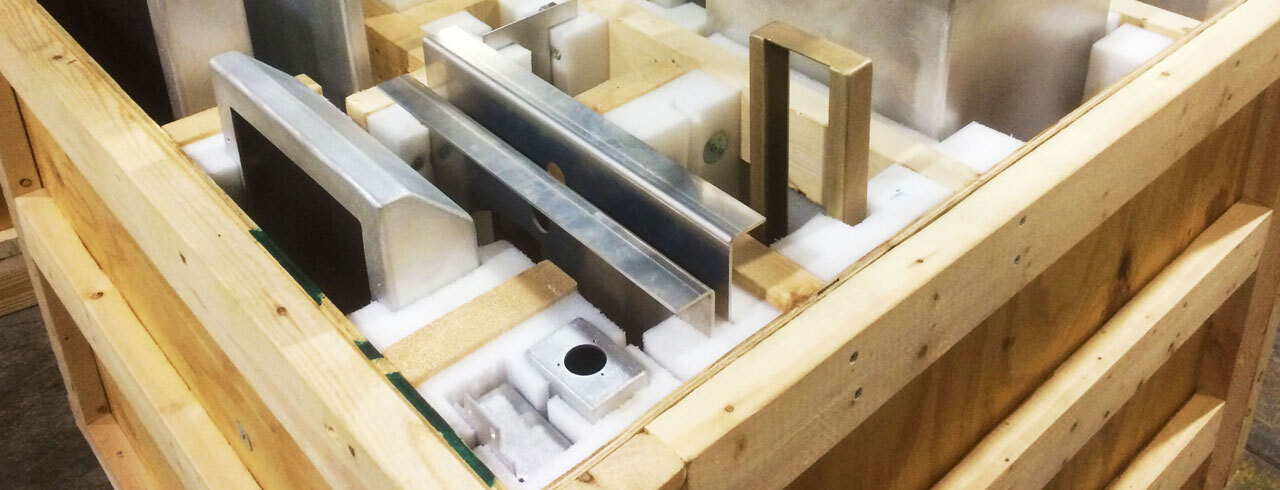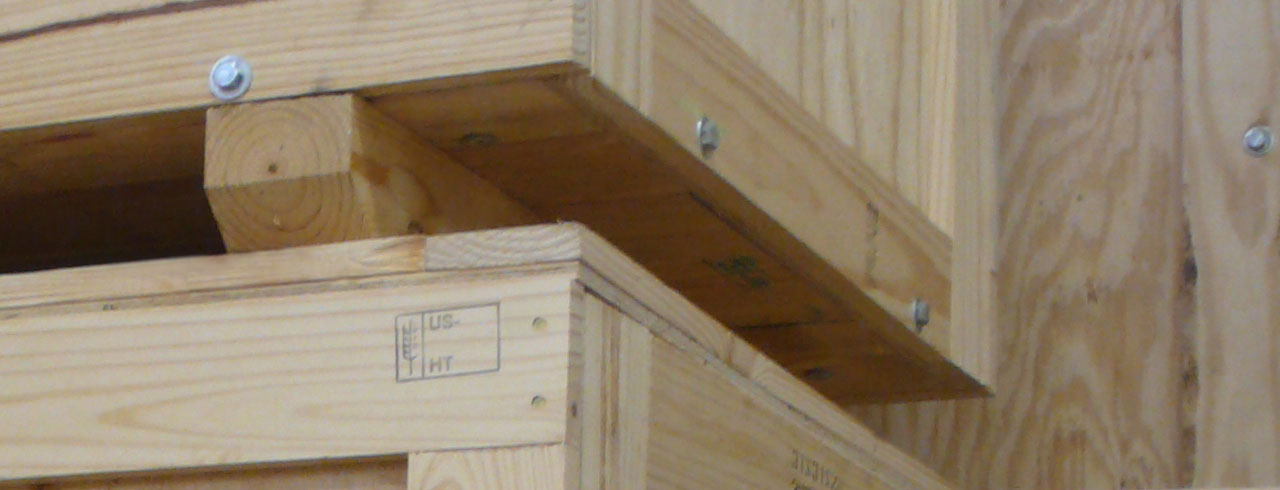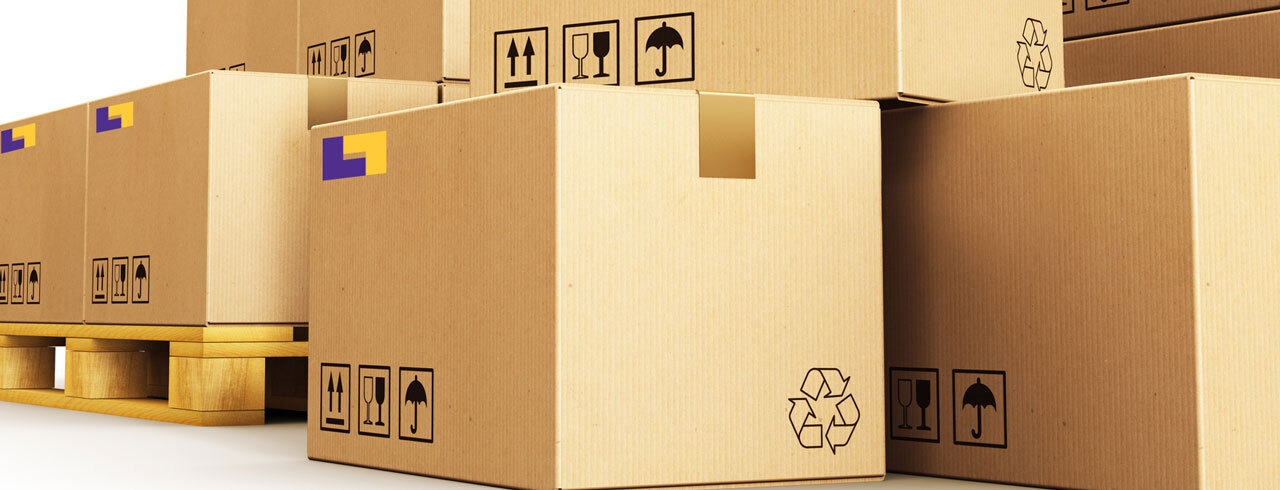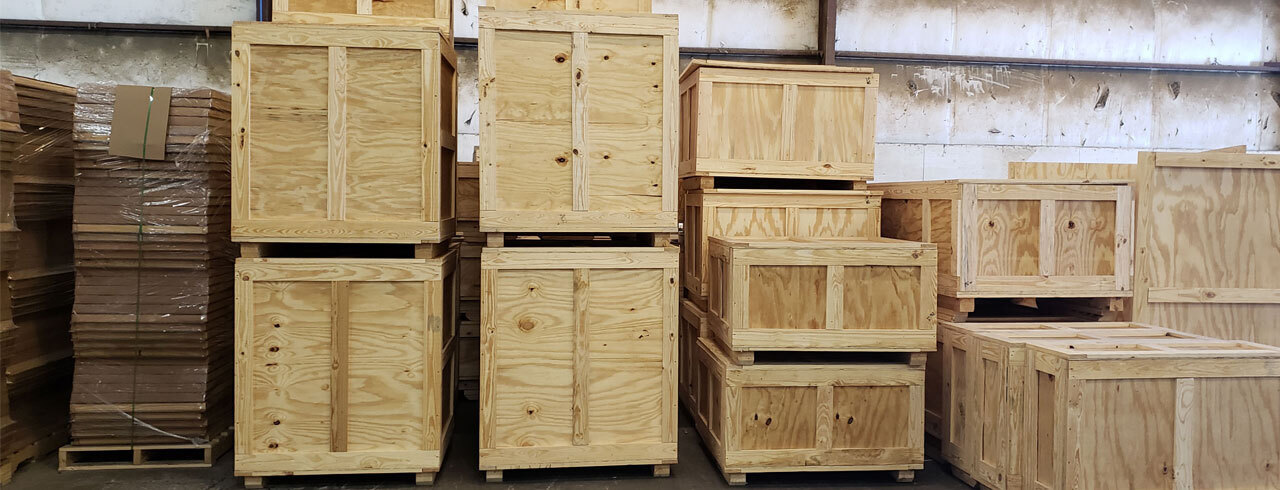Denver, Colorado, May 03, 2021 (GLOBE NEWSWIRE) -- The role of a “packaging engineer” is specific to the items or industry in need of a packaging solution. In the manufacturing world, packaging engineers help companies design and develop new containers on a mass-production scale to offer their new product to the end user.
In the specialty crating, packaging and shipping business, packaging engineers have a different challenge. At a company like Craters & Freighters, our engineers design custom containers/packaging sets to suit each individual item we package. Since we work with all industries, our engineers’ expertise is essential to the safe and secure shipping of items locally, nationally and internationally.
Our packaging experts design, test and build a variety of crate styles, including Mil/ASTM spec. To ensure maximum protection, each item is assessed to be packaged with additional shoring, cradling, cushioning, bolting, blocking, bracing and strapping to support and protect valuable assets during their journey.
This position was created shortly after the company first began its operations over 30 years ago. We recognized that a significant percentage of the items our clients need to ship could not be safely transported in standard shipping containers. Fast forward to today—our engineering department utilizes SolidWorks 3D modeling program to create, design and test these structures before they’ve ever been built.
For example, try to picture any of these items in a typical box:
- An airplane fuselage
- Large movie props of all varieties
- Massive boilers, silos, kettles and other industrial equipment
- Large/ornate antique chandeliers
- Computer server racks
- Industrial pipeline
- A larger-than-life-size horse statue
- Airplanes, helicopters, boats, spacecraft and other vehicles
- A gold piano
- Refrigerators and other appliances
- A stained glass window
- Wind generator propeller blades
- Amusement park rides
No amount of packing peanuts is going to hold these assets in place! From their shape and weight to their fragility, each has characteristics that require special attention. A packaging engineer studies those characteristics and develops a strategy for immobilizing and protecting the asset within a custom-built crate or other container.
Businesses that work with shipping companies that do not have this type of expertise are effectively rolling the dice and hoping that traditional packaging measures will protect their assets. In some cases, they get lucky. In many others, they do not.

Designing and Building a Wide Range of Crates
The list of crate styles that a packaging engineer is called on to design and build is virtually endless. Some of the more common types include:
- Commercial crates
- Industrial crates
- Product-specific crates
- ISPM 15 export-certified crates (see below)
- Reusable crates
- Knock-down crates
- IT equipment crates
- Trade show crates
- Display crates
- Military crates (ASTM – D6251, D6256, D6880, D6039, D7478 and others)
- Computer crates
- Art crates
- Electronics crates
- Moving crates
- Furniture crates
- Museum-quality crates
- Antique crates
In many instances, the packaging strategy also includes the use of custom wooden skids or pallets. The packaging process can be performed at a Craters & Freighters location or may require the entire build to occur onsite.

International Shipping and ISPM 15 Compliant Wooden Crates
For international shipments, a packaging engineer must understand ISPM 15 requirements. Under these regulations, all crates must be built from wood that is heat-treated (or treated in some other manner) and certified to be free of pests to prevent an infestation in the destination country. Crates that haven’t been certified can be held by customs officials in the destination country and may be fumigated or destroyed at their discretion.
Crates that have been inspected and approved get what is known as the “bug stamp” or ISPM 15 mark. This helps ensure that they will get through customs without delay. So, in addition to learning how to fully secure goods for transport, packaging engineers have to stay current on shipping requirements—both foreign and domestic—and work within them.
Beyond Shipping Crates: The Importance of Asset Packaging
In shipping terminology, “crating” and “packaging” are related but separate activities undertaken by packaging engineers and the shipping preparation teams they work with. Packaging refers to the materials used to enhance the protection of items within a crate or box, or on a pallet or skid.

This may include:
- Anti-static materials. When electronics are transported, special wraps, cushioning and barriers can be used to keep electrostatic discharge from damaging their components.
- Vapor barriers (VCI bags). Ocean transport of any item that can be damaged by moisture in the air—electronics, in particular—requires that special vapor-proof packaging be used. Other measures include putting activated desiccant inside the vapor barrier, then sealing the barrier seams and using a specialized vacuum system to remove existing air and moisture from inside the bag. We can also place humidity indicator cards inside the bag that can be read when the bag is ultimately opened or use humidity indicator plugs that project through the barrier and allow for monitoring during transport.
- Heat shrink wrapping. We often use plastic wrap that shrinks when heated to cling tightly to items in order to immobilize and protect them. This can be helpful during shipping—like when an item is shrink wrapped to a pallet or other structure—and also for short-term and long-term storage of assets.
- Specialized cushioning. Different items require different cushioning methods based on their fragility rating, the material they are made of, their shape and size, the dimensions of the container they are placed in, etc. A packaging engineer determines what type and amount of cushioning is needed as part of the protection strategy they develop.
- Corrugated cardboard. Corrugated cardboard is strong and lightweight, making it ideal for use in shipping, whether as the primary container, or for partitioning inside a crate, etc.
- Hard shell cases. Specialized cases may be used to protect items during shipping, either alone or within a crate or other container. We can also produce fully custom-designed/cut layers of cushioning specifically for your item.
Ultimately, how an item is packaged is just as important as how it is crated.

The Ever-Evolving Role of a Packaging Engineer
The materials, methods and technologies for protecting assets (and the people who handle them) during shipping are constantly evolving. Consequently, the role of the packaging engineer is continually changing, as well.
That is why the packaging experts we employ at Craters & Freighters are constantly learning and expanding their skills. They never settle for protection strategies that are “good enough.” Instead, they continually challenge themselves to leverage new materials and technologies—or existing materials and technologies in new ways—to maximize the stability and security of every shipment we handle.
About Craters & Freighters
Craters & Freighters is a pioneer and leading expert in specialty packaging, crating, and shipping. Founded in 1990, the company has over 65 brick-and-mortar locations across the U.S. and serves residential and business customers in all sectors including telecommunications, electronics, medical equipment, aerospace, biotechnology, and heavy machinery. From simple shipments to complex corporate moves, Craters & Freighters is a national powerhouse with local accountability.
Press Contact
Marketing Department
PR@CratersAndFreighters.com
1-800-736-3335
Attachment